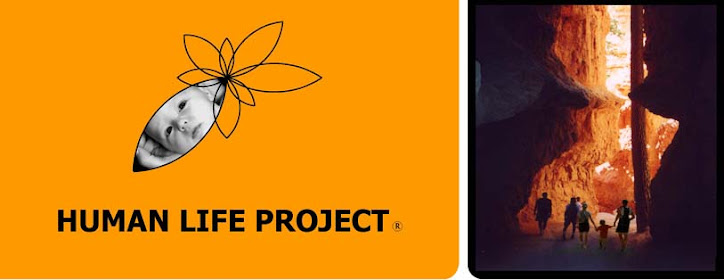In previous posts, sustainable patterns encompass environmentally-friendly practices, socially related practices such as strengthening relationships, and an overall effort to establish healthy living patterns.
What activities do you as an individual or family engage in to be more sustainable?
As we started to compose our list, it was very short but grew in length rapidly. We would encourage you to add one sustainable activity to your lifestyle periodically. For business people, add one sustainable activity each quarter. For families tied to school schedules, add one sustainable activity during the first half of the school year before Christmas, one activity from Christmas to the end of the school year, and finally one activity during the summer break.
Here is our brainstorm list:
Environmentally-friendly practices:
- Replace plastic grocery bags with reusable bags
If you pay attention to adds, you can get bags for free or $1. Our grocery store gives 5 cents credit per reusable bag that is used. Shopping every week, payback on reusable bags can be as soon as 5 months.
- Plant a garden in our yard
We are hoping to reduce our grocery bill and provide healthier food for the family. Preparing the garden did cost some money, but hopefully within a year or two we will have a net saving.
- 100% of our electricity from solar panels on our roof (hopefully near future)
Leasing solar panels is actually more cost effective. As mentioned in a previous post, this can be with 0 or some upfront cost, but the 20 year savings are substantial
- Composting
Reduced our household related landfill contributions in half
- Switched to CFL light bulbs
- Cloth diapers in place of "landfill" diapers (no service, we wash our own diapers)
Our estimated savings per month is $50-60. We do still use disposable diapers when out of the house.
- Converting front yard from grass to xeriscape (still in progress)
- Installed dual flush toilet in main bathroom
Uses 50% less water at .8 gallons instead of the standard 1.6 gallons for most flushes
- Bike for local chores (kids in bike trailer)
- Paid extra fee to electric company to support wind generated electricity
- Traditional Recycling: paper, plastic, metal, glass
- Recycling usable items instead of throwing into trash, take the extra effort to find a friend or family member that can use the item.
For example, an old computer not being used at our house worked well for another family with a young son.
Social Related:
- Mentor engaged couples to help them establish good patterns and improve the changes for a life long marriage
- Eat dinner together as a family almost every night
- Maintain Sunday as a special family day allocated to time together as a family. (avoid making Sunday a chore day)
- Developing and maintaining a network of friends and family
Healthy Patterns/Improve Quality of Life Related:
- Created automation tools for work tasks and established work related process improvements resulting in lower stress and less overtime. This leads to more time with family and improved family life.
- On a personal level, work no or only very little overtime
- Use vacation days
- Avoid food with "bad" ingredients such as artificial coloring, high fructose corn syrup, and artificially preservatives.
- Nursing our baby to help keep her healthier
- Regular exercise
- Not spending more than earn
